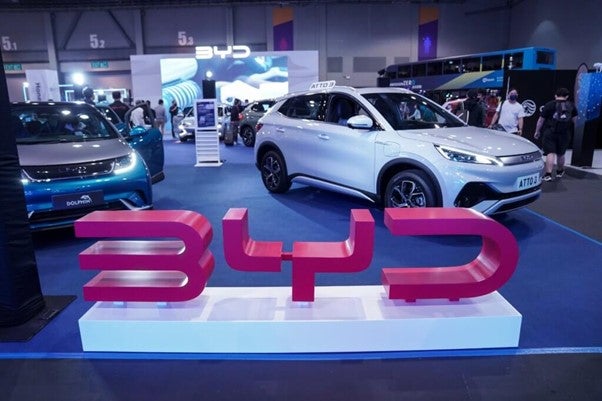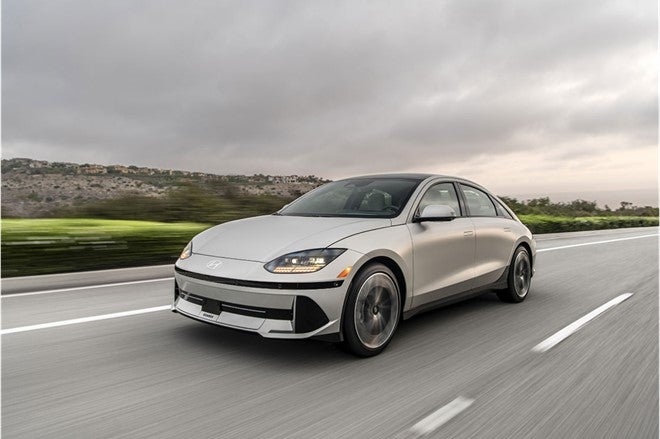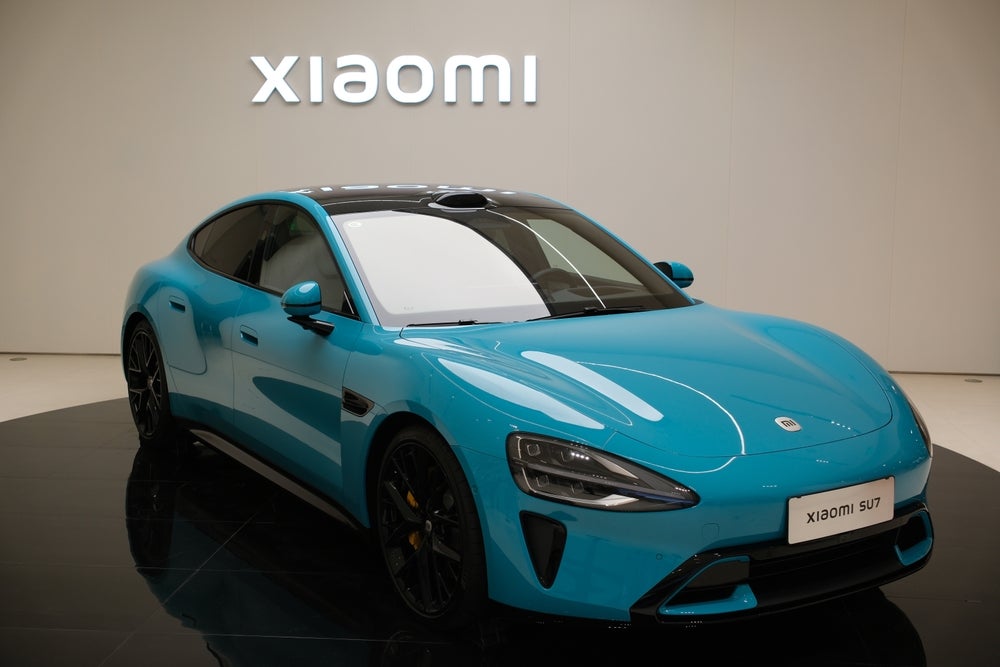Fitch Ratings believes China’s new energy (electrified) vehicle (NEV) market will expand steadily to meet 2m annual sales a year by 2020, from around 507,000 units in 2016.
NEV vehicles in China are being heavily encouraged by official government policy and include full EVs – Battery Electric Vehicles – and plug-in hybrids (PHEVs). Diesels in China are largely absent in light duty vehicles and the government is keen to encourage electrified vehicles as part of a raft of policies to tackle air pollution problems and lower China’s CO2 emissions.
Growth in NEVs will be underpinned by strong policy support that includes consumer purchase incentives, licence-plate restrictions and wide public-sector deployment, Fitch’s analysis suggests. However, medium- to long-term market development depends on battery technology advancement and charging infrastructure build-up, Fitch said.
Fitch expects China’s e-car penetration to steadily increase from 1.4% in 2016, underpinned by rising retail demand in Tier 1 and large Tier 2 cities, which have licence-plate restrictions on internal combustion engine vehicles. These cities contributed around 75% of the e-cars sold in 2016. E-car demand in lower-tier cities should also increase due to tighter regulations on low-speed electric vehicles and greater offerings of cheap, low-end e-cars. Economically developed coastal regions have accounted for a majority share of China’s NEV sales due to local governments’ deeper pockets for subsidies and more developed charging infrastructure.
China’s NEV sales volume surged by more than 18-fold from 2013 to 2015, as generous government subsidies fuelled consumer demand and NEV production. However, volume growth fell sharply to around 50% yoy in 2016 after a government crackdown on subsidy fraud. Authorities published an amended NEV subsidy scheme for 2017 to 2020 that includes a subsidy reduction in phases, tighter technical requirements and an extended subsidy collection period. Fitch expects manufacturers to lower vehicle selling prices – gross of subsidies – to partially compensate consumers for the lower subsidies.
Fitch’s analysis maintains that headroom for price cuts is ‘sufficient given sound after-subsidy profitability of certain NEVs – especially e-buses – and potential cost savings through economies of scale and battery technology improvement’.
How well do you really know your competitors?
Access the most comprehensive Company Profiles on the market, powered by GlobalData. Save hours of research. Gain competitive edge.

Thank you!
Your download email will arrive shortly
Not ready to buy yet? Download a free sample
We are confident about the unique quality of our Company Profiles. However, we want you to make the most beneficial decision for your business, so we offer a free sample that you can download by submitting the below form
By GlobalDataFitch expects the number of e-car models made in China to more than double by 2019 and for market competition to intensify.
Local and foreign automakers are required to produce NEVs to meet Chinese regulators’ stringent fuel-economy targets and passenger vehicle manufacturers will also have to achieve a NEV credit target to avoid financial penalties from 2018 or 2019. The top-10 local manufacturers accounted for more than 96% of 2016 e-car sales volume in China. Sino-foreign joint-venture brands have lagged, but should increase NEV investments in the next five years.
China has the world’s largest NEV market, accounting for 45% of e-cars and almost all e-buses sold worldwide in 2016.
Analysts suggest that the electrified vehicle sector in China will be given additional momentum by the increased take-up of lower voltage 48V ‘mild hybrid’ technology which will lower the cost of electrified powertrains and pave the way, eventually, for low-cost BEVs built on cheaper 48V electrical systems (as opposed to the more complex, standard 60V systems installed on EVs currently).
just-auto’s QUBE research service forecasts that Europe and China will see the highest rates of adoption of 48V mild hybrids, with global output rising rapidly to over 10m 48V-equipped light vehicles a year by the mid-2020s (and over 40% of that in China alone).







